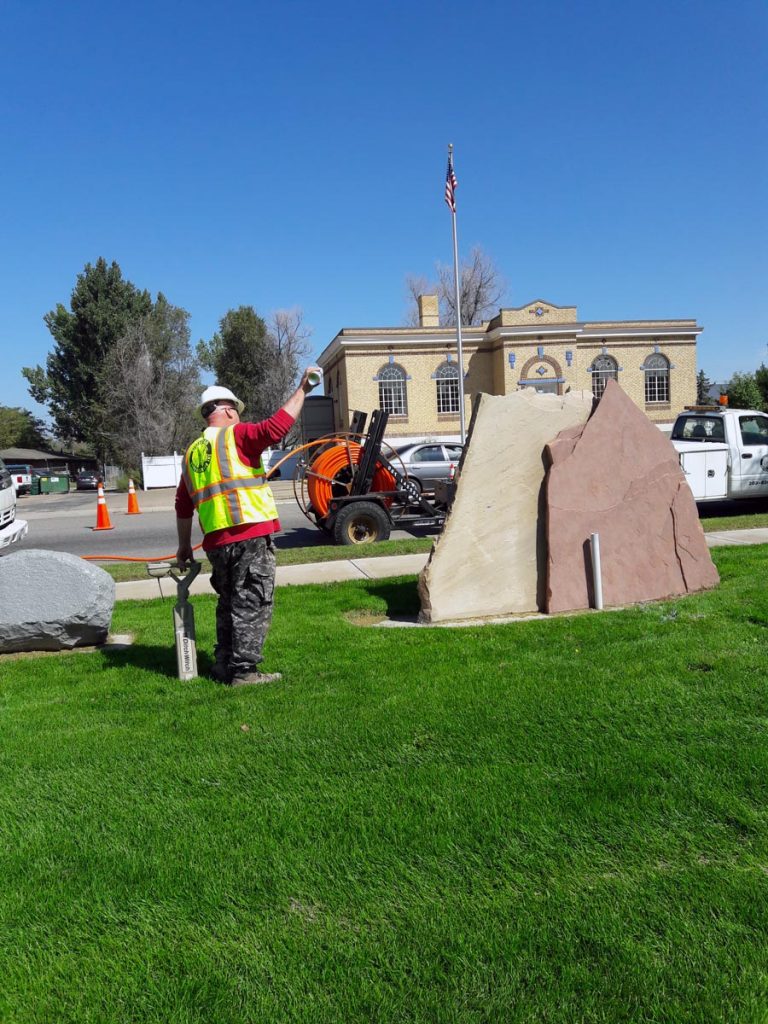
In place of the technologically advanced high-power transistors used today, the system relied upon vacuum tubes for the receiver and transmitter. One of the shortcomings of this system is that while it could determine the precise location of the antenna, it was unable to determine its depth. In the Neff system, the receiver relied upon volume control and headphones to guide the operator to the location directly above the antenna.

However, in contrast to today’s standards, the dipole antenna was oriented perpendicular to the surfacer rather than parallel, which is the most common positioning used today. Like the equipment used today, a dipole transmitting antenna was fed into the sewer line while a walkover surface receiver located that antenna underground. The earliest patent reference that seems to align with today’s systems appears to be a locating system used to explore blockages in sewer lines, which was attributed to Robert Neff in 1955. While the advances at the time were nowhere near as high tech as the systems used today, they paved the way for major steps forward. Your contributions have not gone unrecognized.Ī review of patent records and literature indicates that innovative efforts in tracking and locating for HDD have gone back as far as 1933. However, the author asks that readers please excuse any efforts and advances left out either intentionally or inadvertently. It would be impossible to include every development over the history of HDD, as it would have required an extensive book-rather than a paper-to compile them. While all efforts have been made to include the most pertinent milestones, some specialized refinements may have been omitted as their most basic functions had existed in earlier equipment. Research derived from a combination of published patents, brochures, and other literature, in addition to the author’s personal experiences with HDD, has been used to compile this review.

It is impossible to understand just how far this technology has come without first understanding the major accomplishments during this evolution. Over several decades, walkover locating systems created for seeking a drillhead in horizontal directional drilling (HDD) have developed from various applications and evolved to become more modern, accurate, and technologically advanced.

When it comes to directional drilling technology, many significant advances have been made since the early stages of walkover tracking systems.


 0 kommentar(er)
0 kommentar(er)
